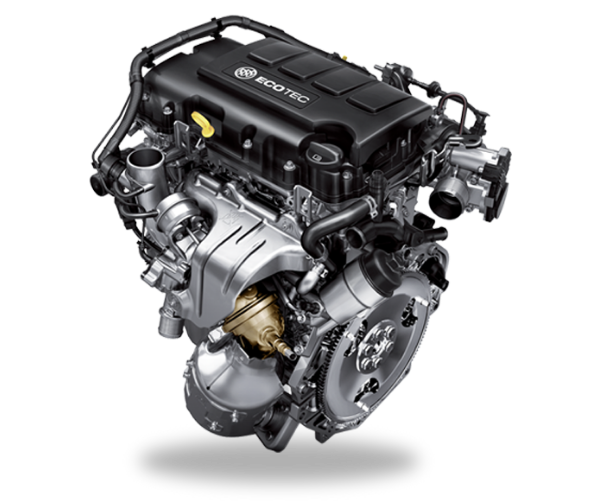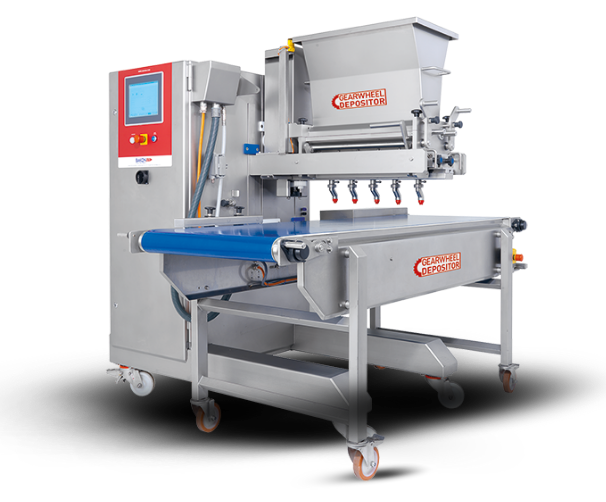Pulp & Paper
Industry Overview
Key Features
Typical Tests & Applications
Industry Resources
No Resources Available
We're currently updating our resource library for this industry. Check back soon or contact us to request specific documentation.
Request DocumentationSupporting Products
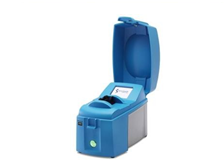 Oil Analysis
Oil Analysis
MiniVisc 3000
The MiniVisc 3000 is a groundbreaking portable kinematic viscometer that delivers laboratory-grade v...
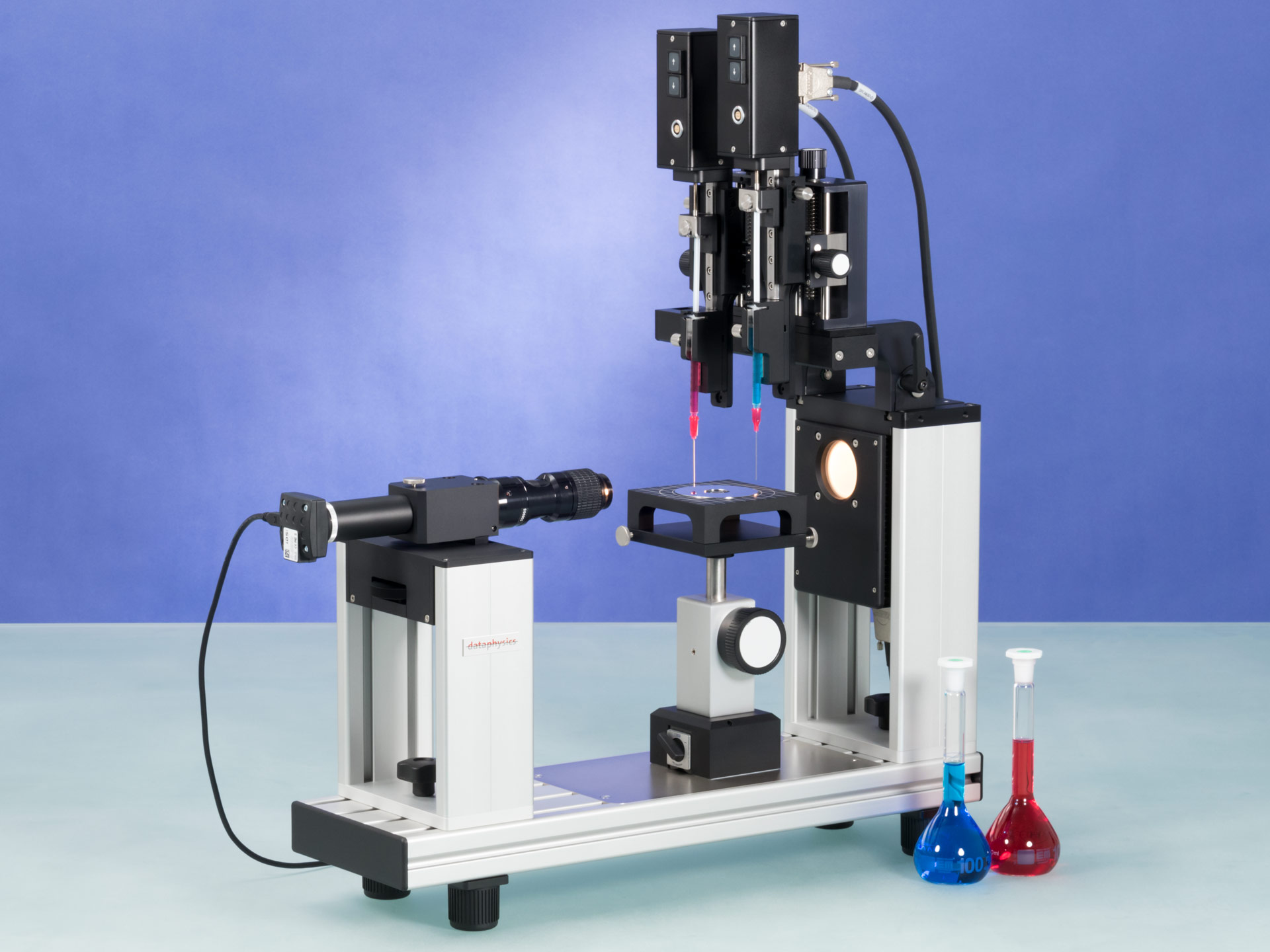 Contact Angle & Surface Tension
Contact Angle & Surface Tension
OCA – Optical contact angle measuring and contour analysis systems
The OCA Series by DataPhysics comprises high-precision optical contact angle goniometers and drop-sh...
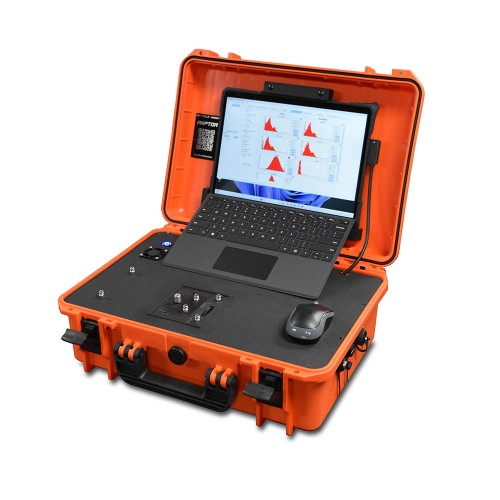 Oil Analysis
Oil Analysis
Pi Raptor Portable
The Raptor Portable Dry Powder Particle Size & Shape Analyzer is the first truly portable system tha...
 Oil Analysis
Oil Analysis
Portable Kinematic Viscometer VS800
The VS800 Portable Kinematic Viscometer is a precision, multi-purpose viscosity measurement tool des...
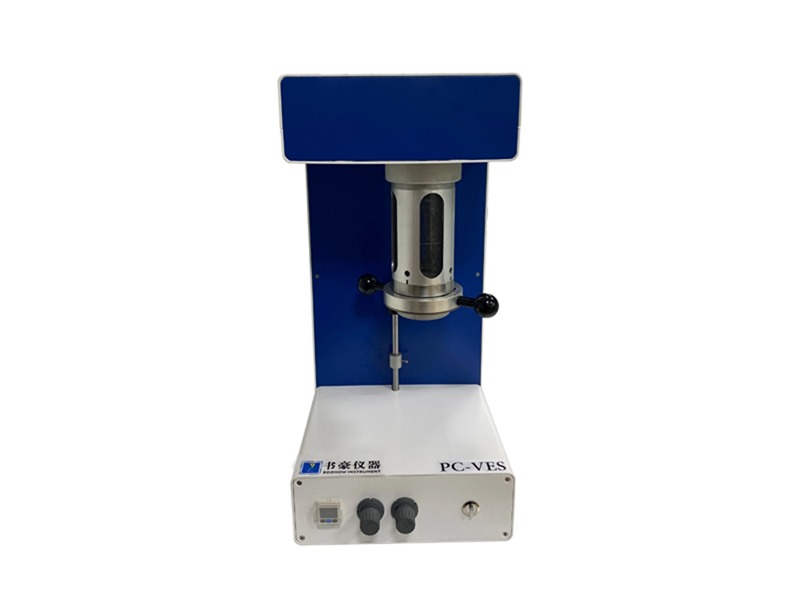 Oil Analysis
Oil Analysis
Positive and Negative Pressure Sampler PC‑VES
The PC‑VES is a portable positive/negative pressure oil sampler designed for high-viscosity fluids...
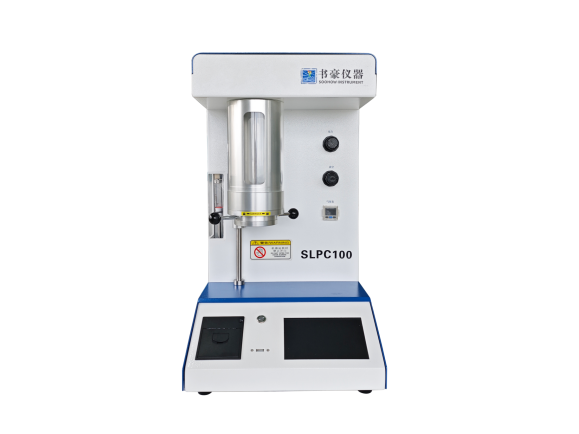 Oil Analysis
Oil Analysis
SLPC100 Desktop Oil Particle Counter
The SLPC100 is a desktop oil particle counter that employs the internationally recognized light obsc...
Ready to Find the Right Solution?
Our team can help you select the perfect products for your Pulp & Paper applications
